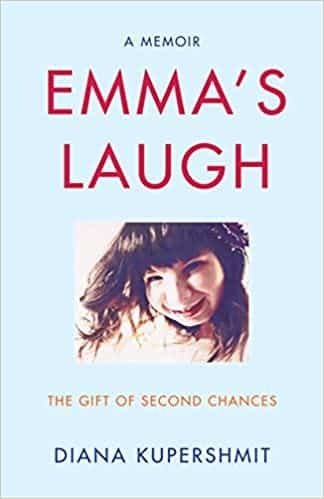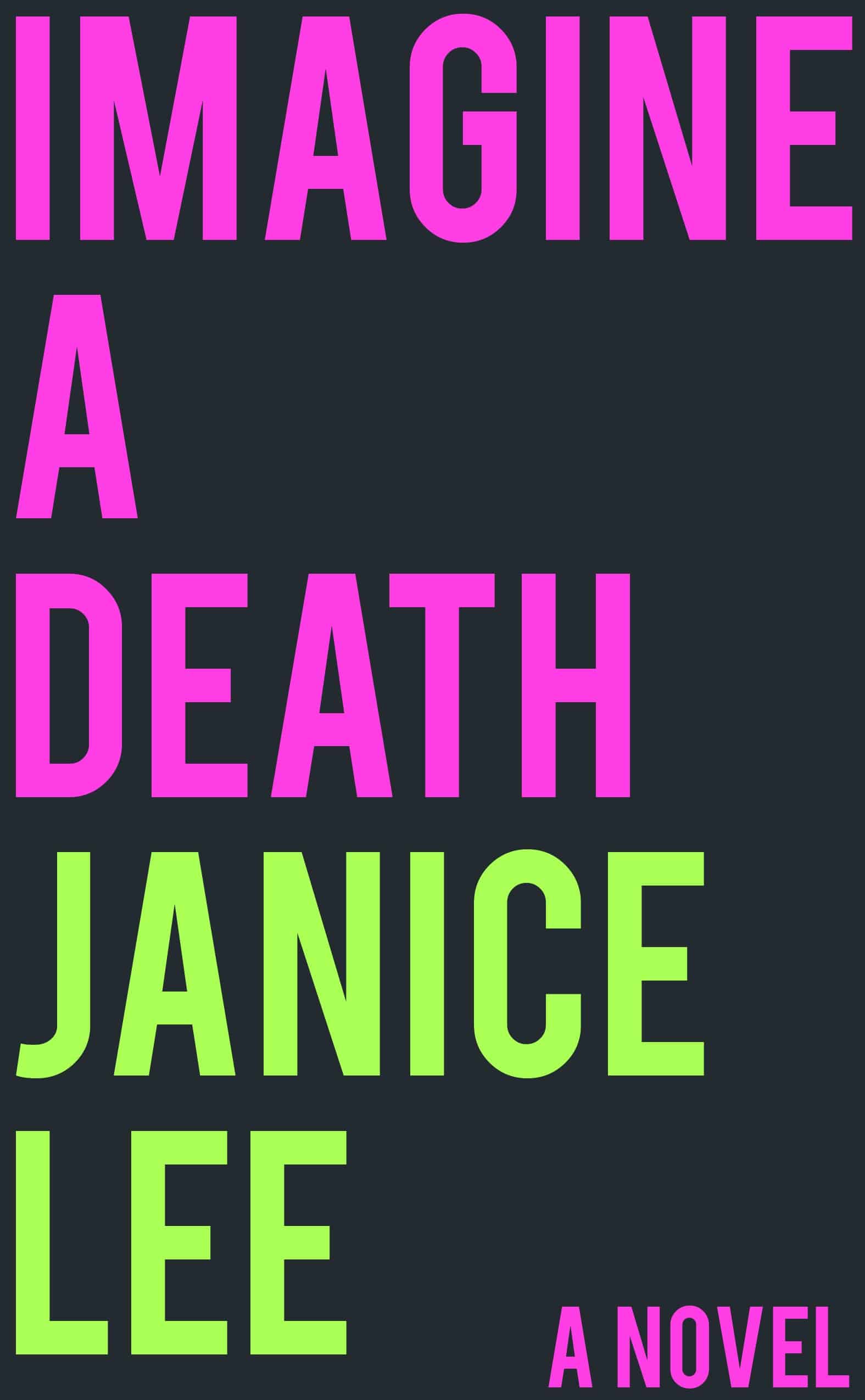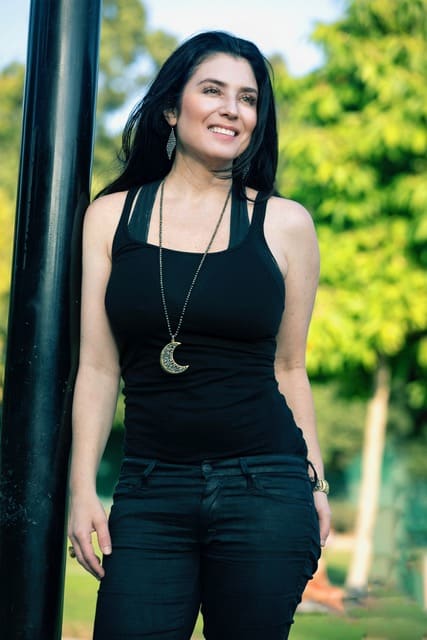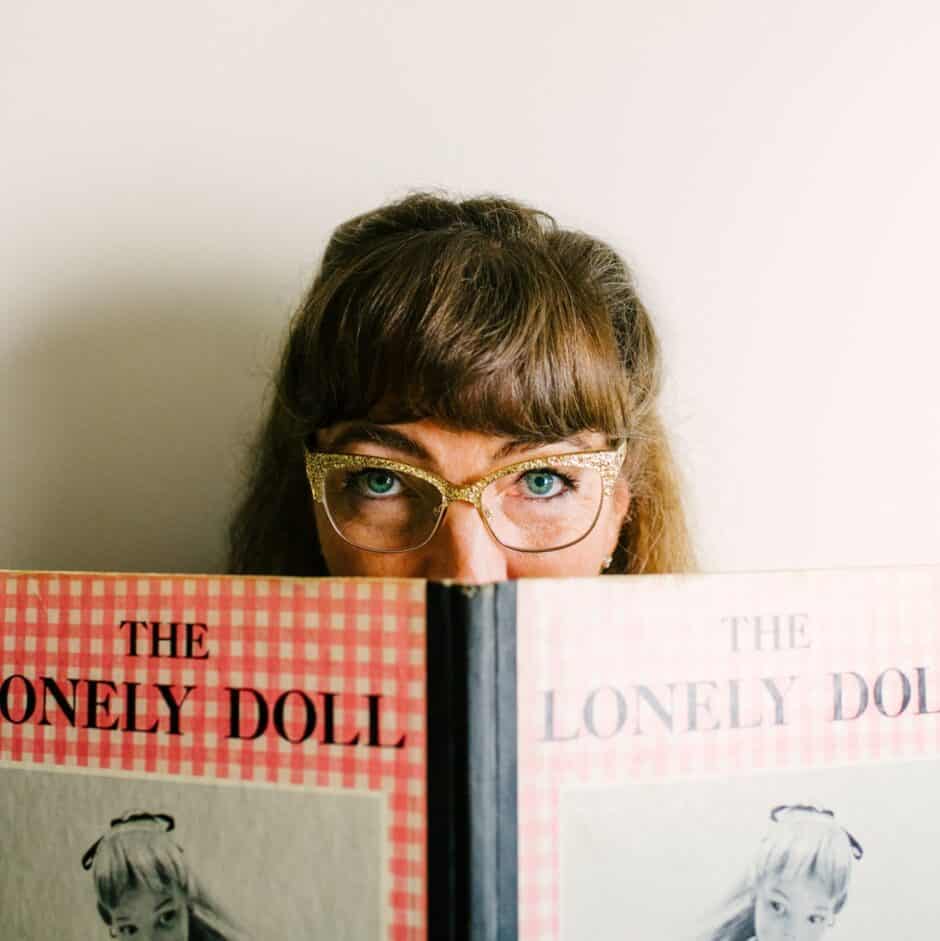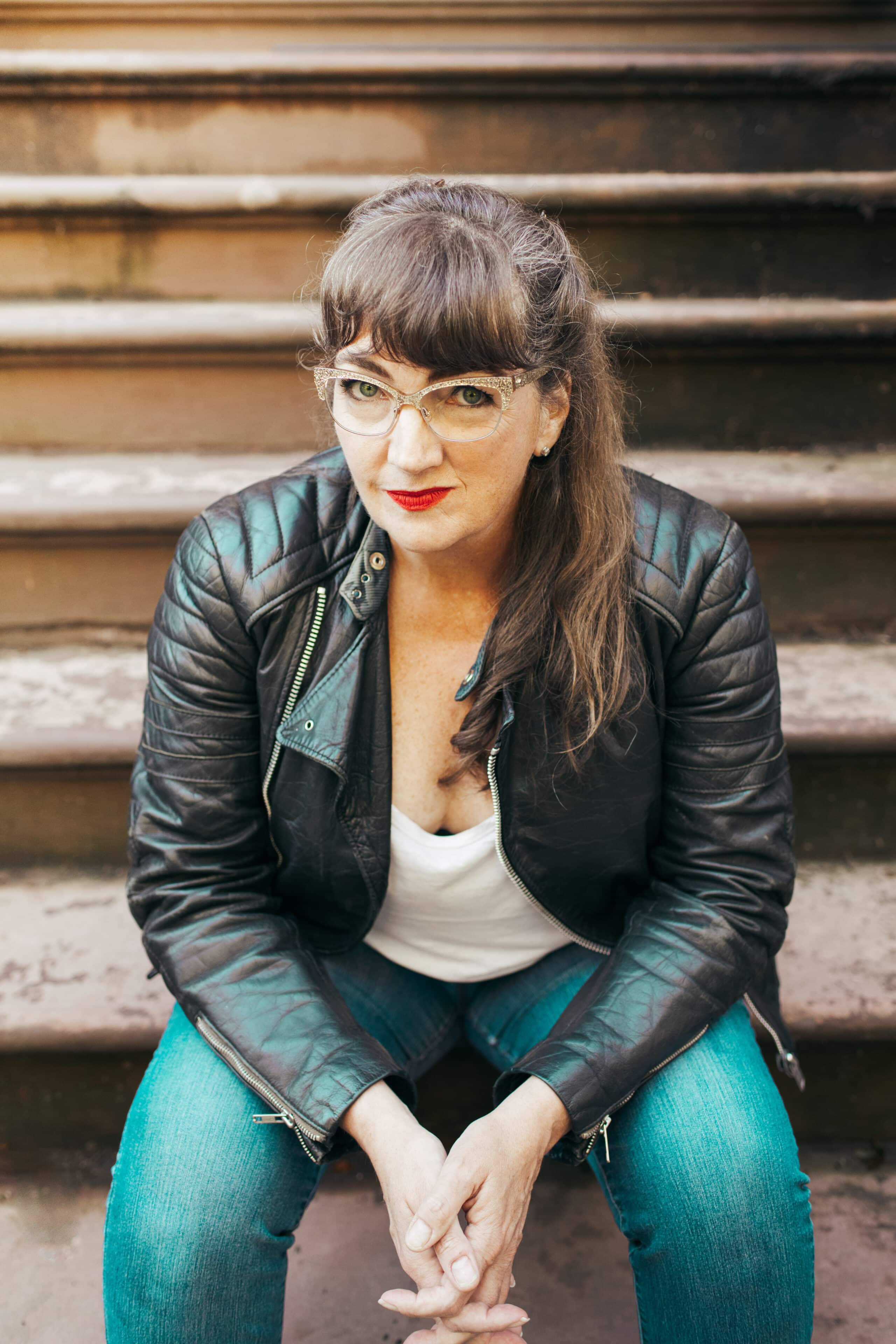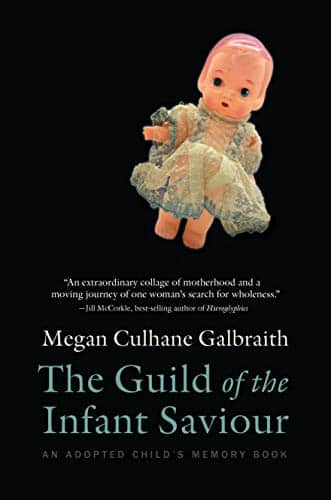We first met Diana Kupershmit in 2016 when she published an amazing essay on our site. This is also when we first met Emma. Emma is Diana’s first child, and she was born with a rare genetic disorder that left her profoundly physically and intellectually disabled. Diana’s description of life with Emma was moving and her essay, Motherhood, Art in Motion, gave us a sense of what it meant to care for a special needs child. This week, the bigger story of Diana and Emma was published by She Writes Press and we are thrilled to be a part of it her journey!
Stories of parent/child relationships can be complex, and Emma’s Laugh, The Gift of Second Chances, is no exception. Convinced of her inability to love her “imperfect” child and give her the best care and life she deserved, Diana gave Emma up for adoption. But as with all things that are meant to be, Emma found her way back home. As Emma grew, Diana watched her live life determinedly and unapologetically, radiating love always. Emma evolved from a survivor to a warrior, and the little girl that Diana didn’t think she could love enough rearranged her heart. In her short eighteen years of life, Emma gifted her family the indelible lesson of the healing and redemptive power of love. Read Diana’s essay here, order the book from Amazon or Bookshop.org. And enjoy the excerpt below.
From Emma’s Laugh, the Gift of Second Chances, By Diana Kupershmit
EVERY CHILD CHANGES YOU IN different ways,” wrote Lauren Slater in her memoir, Playing House: Notes of a Reluctant Mother. Hanna was my artistic muse. She manifested my dreams of performing to an audience whose approval and praise I inherently sought, ever since my grandmother Manya took me around to sing and collect sweets that would be responsible for my teeth-decayed smile. I lived vicariously through my youngest child, collecting accolades as if they were my own, because they were a product of my relentless encouragement to nurture her natural talents.
Joshua was my sweet boy, tender of temperament, generous of his love and unconditional acceptance of me even as I struggled to reign in my perfectionist tendencies. He was smart, witty, funny, and perpetually happy, with confidence that I could only recall nostalgically before it shattered in adolescence.
Emma was the fulcrum upon which I teetered. She was my perfectly imperfect child, my teacher, my sage, and I loved her more for it. She elevated to the surface my worst fears and perceived flaws and shed light on them so that they no longer had the power to possess me, to threaten my existence. By casting the focus on her care and well-being, Emma relieved me of the burden of self-obsession, to be perfect and lead a perfect life. I was less a prisoner to others’ judgment and no longer succumbed to the anxieties that so mercilessly plagued my psyche in years past. It was as if by taking on my pain, she freed me of my existential wounds, just as I had wanted to do for her all those times she hurt.
From Emma, I learned there is beauty in the unspoken words, in the actions of implied determination. In all the ways that she had communicated her wants and needs, the unconditional love her uncooperative body housed, which I had first seen as not whole and now saw for what it was, a concerto of desires, a lightness of being I could only dream of, an existence dictated by a connection that surpassed body and spoken language, that surpassed all that limited her. She was freer than I would ever be: free from judgment, free from psychic pain, free from all the suffering I imposed on myself in a world of rules, conditions, and expectations.
Emma helped me navigate the tangled pathways of my heart and rearranged it. From her I learned that sometimes you find beauty where you least expect it. In her, I found beauty and wisdom and grace. This little girl, who in my youthful ignorance I believed was broken, had healed me.
Because it was me that was broken all along. She was always the whole matryoshka, at the center of the nesting dolls. My mission, once I chose to accept it, was to move through the extra layers of myself, through the other matryoshkas nested in different versions of myself, to get to the heart, the soul, the epicenter of everything that was perfect and forgiving and whole about me. And that was Emma. She lingered patiently until I found her, found myself.

Diana Kupershmit is a social worker for the Dept. of Health and Mental Hygiene, in the Early Intervention program, a Federal entitlement program servicing children birth to three, with developmental delays and disabilities. She has published on-line in The Manifest Station, Power of Moms and Motherwell Magazine. On the weekends, she indulges her creative passion working as a portrait photographer, specializing in newborn photography, but also family, maternity and event photography.
~~~~~~~~~~~~~~~~~~~~~~~~~~~
If you’ve had the opportunity to take a class from Janice Lee (we highly recommend her class at Corporeal Writing) then you understand why we are excited about her forthcoming book, Imagine a Death. Her work is, frankly, groundbreaking both in terms of form and content. If you aren’t familiar with Janice, check her out. A description of Imagine a Death. from her website:
A depiction of the cycles of abuse and trauma in a prolonged end-time, Imagine a Death examines the ways in which our pasts envelop us, the ways in which we justify horrible things in the name of survival, all of the horrible and beautiful things we are capable of when we are hurt and broken, and the animal (and plant) companions that ground us.
Join us in preordering her book now, and if you take a class with her, let her know we sent you. Preorder a copy today at Bookshop.org or Amazon.
~~~~~~~~~~~~~~~~~~~~~~~~~~~
Anti-racist resources, because silence is not an option
~~~~~~~~~~~~~~~~~~~~~~~~~~~

